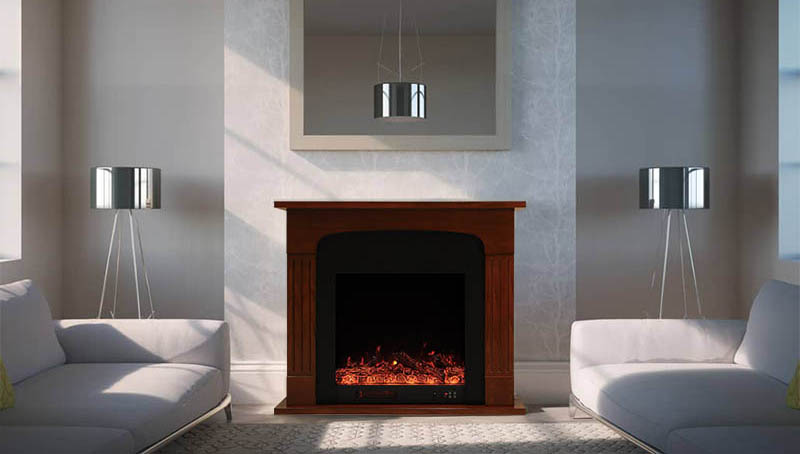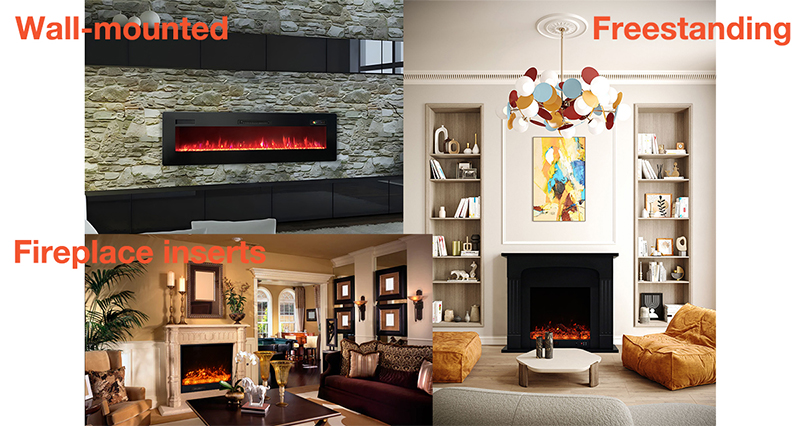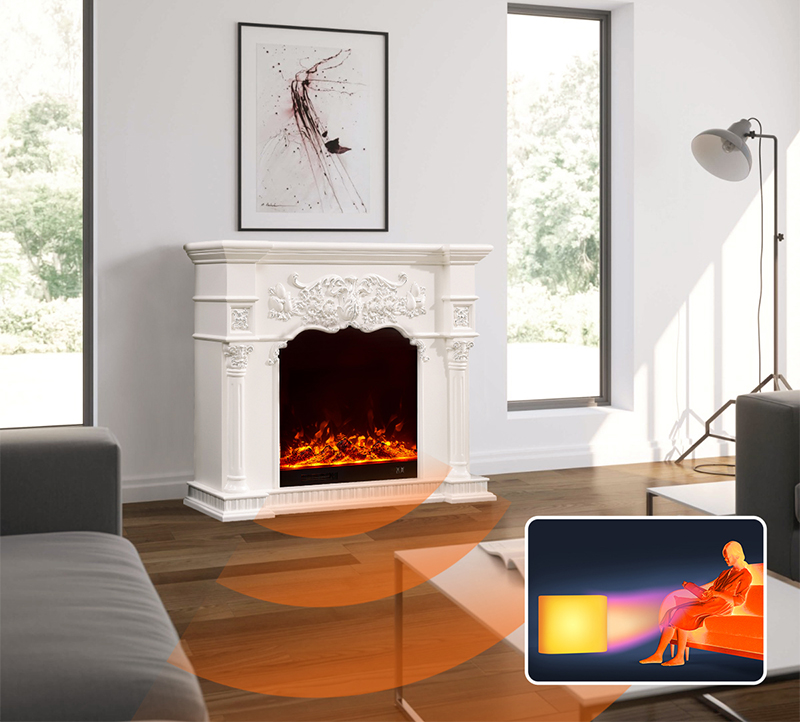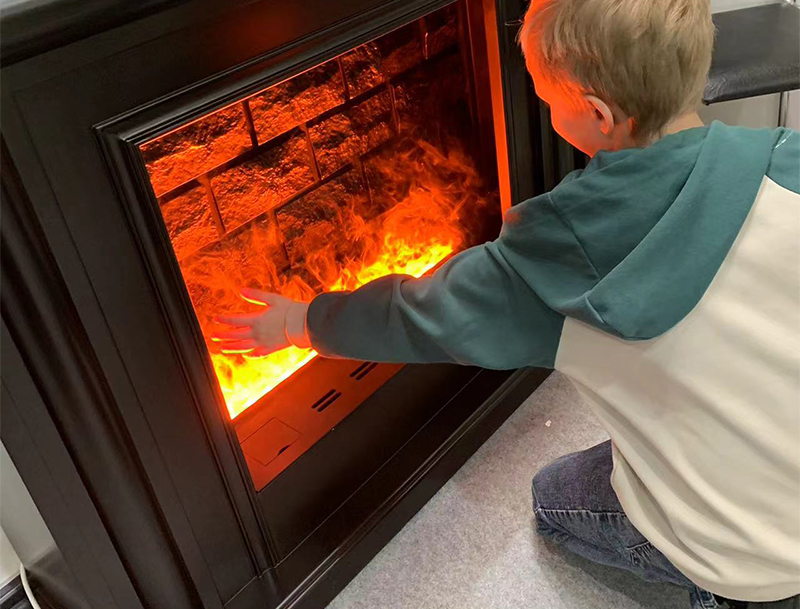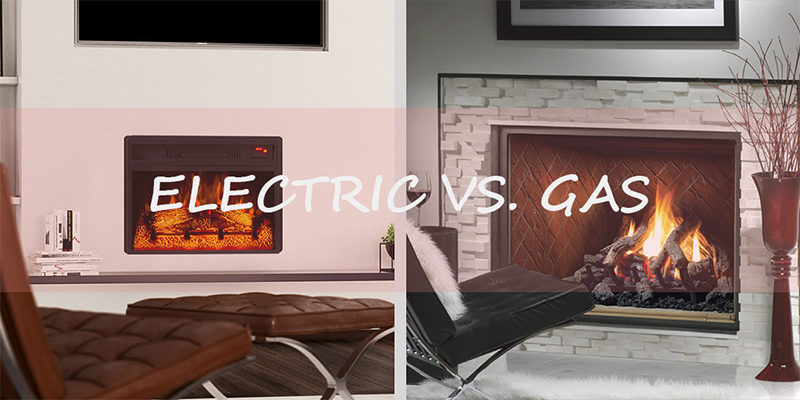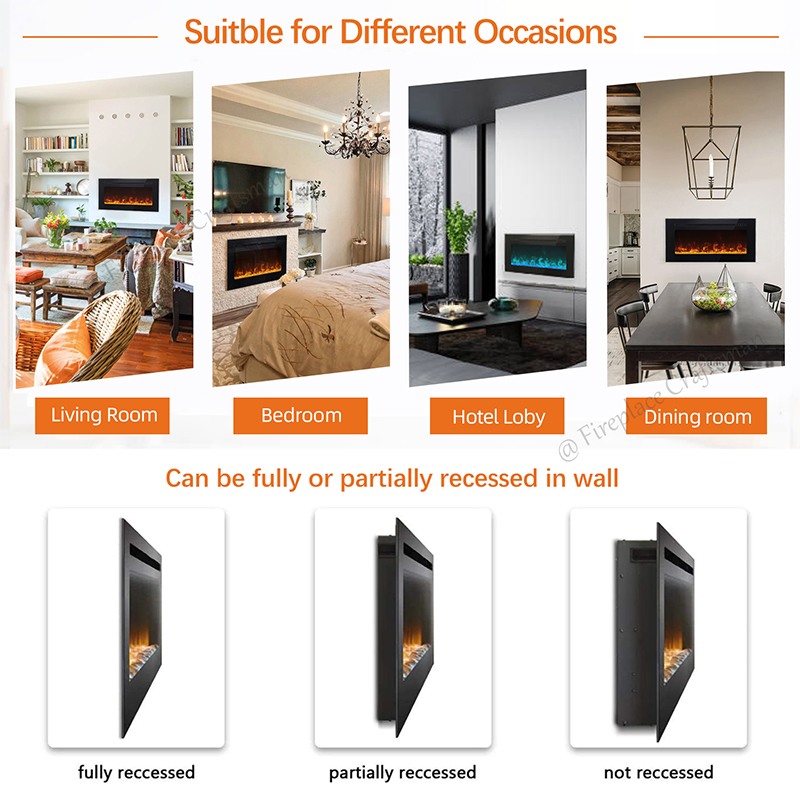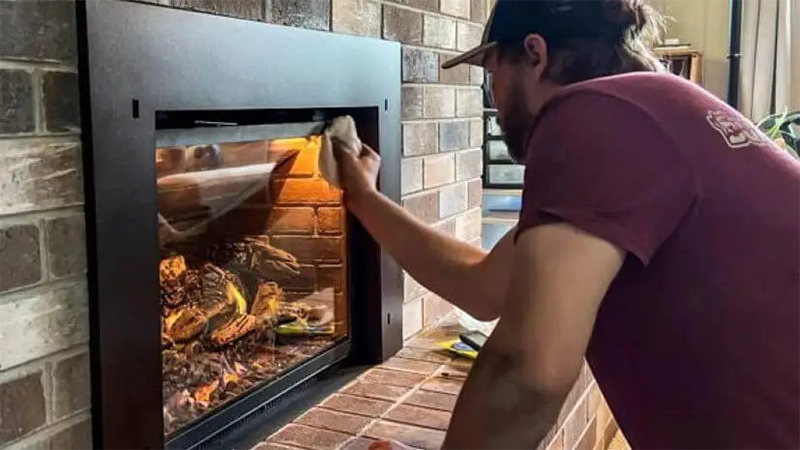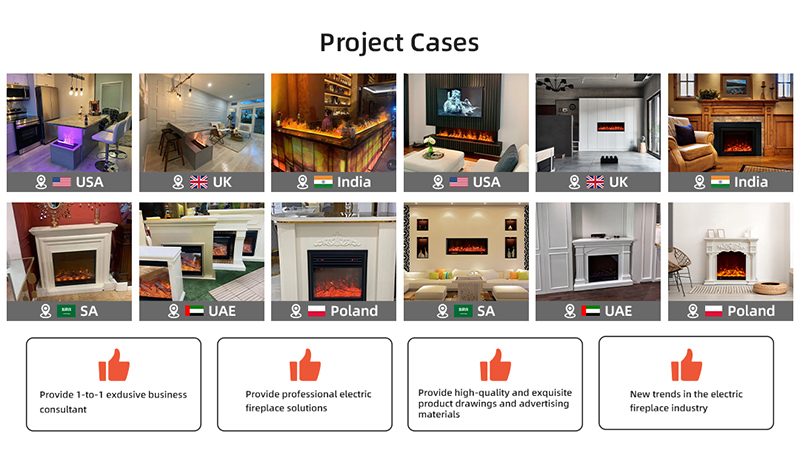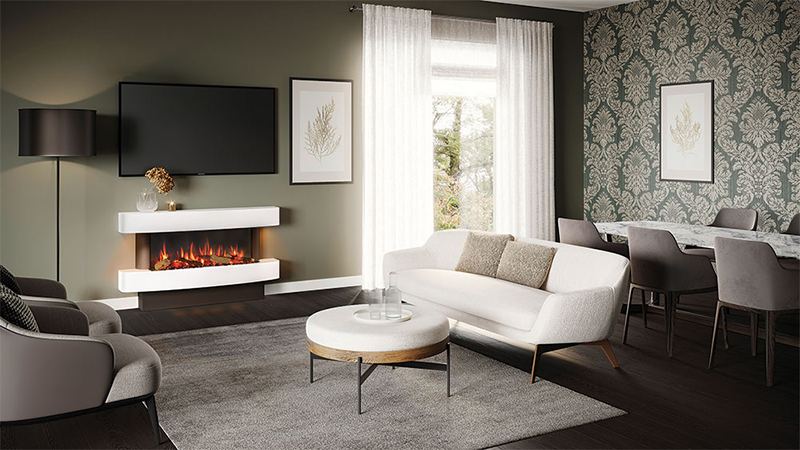Wondering if electric fireplaces get hot to the touch? Explore how these modern heating solutions work, their safety features, and their benefits for your home.
Introduction
Custom electric fireplaces have surged in popularity due to their convenience, aesthetic appeal, and safety compared to traditional wood or gas fireplaces. They offer the visual charm of a flickering flame without the need for real fire. A common question homeowners have is whether these electric alternatives get hot to the touch. This article will delve into the workings of custom made electric fireplaces, their safety features, and how they compare to other types of fireplaces.
|
Outline |
Subtopics |
|
1. Understanding Custom Electric Fireplaces |
Definition and types |
|
2. How Fake Fireplaces Work |
Basic operation and components |
|
3. Heating Mechanisms in Electric Fires |
Infrared heaters, fan-forced heaters |
|
4. Do Electric Fireplace Inserts Produce Real Flames? |
Flame effect technology |
|
5. Surface Temperature of Modern Electric Fireplaces |
Glass front, exterior casing |
|
6. Safety Features of Artificial Fireplaces |
Overheat protection, cool-touch glass |
|
7. Comparing Led Fireplace to Traditional Fireplaces |
Heat output, safety, maintenance |
|
8. Benefits of Using Electric Wood Burner |
Energy efficiency, ease of use |
|
9. Installation of Indoor Electric Fireplace |
Wall-mounted, freestanding, insert models |
|
10. Maintenance and Care |
Cleaning, lifespan, troubleshooting |
|
11. Best Practices for Using Electric Stove Fireplace |
Safety tips, positioning, usage guidelines |
|
12. Common Misconceptions About Electric Wood Burning Stove |
Myths vs. facts |
|
13. Cost of Operating Infrared Electric Fireplaces |
Energy consumption, cost comparison |
|
14. Popular Brands and Models |
Reviews, features |
|
15. Environmental Impact of Electric Log Burner Fireplace |
Green alternatives, carbon footprint |
|
16. Designing Your Space with an Led Electric Fire |
Aesthetic considerations, placement ideas |
|
17. Customer Reviews and Experiences |
Testimonials, user satisfaction |
|
18. Troubleshooting Common Issues |
Common problems, solutions |
|
19. Future Trends in Realistic Electric Log Burner |
Technological advancements, market trends |
|
20. FAQs About Electric Fireplaces |
Frequently asked questions, expert answers |
Understanding Custom Electric Fireplaces
Custom electric fireplaces are sophisticated home heating solutions that replicate the look of a traditional fireplace using electric elements. They come in various types including wall-mounted units, freestanding models, and inserts that fit into existing fireplace cavities. These versatile options can complement any room’s decor, adding warmth and ambiance.
How Fake Fireplaces Work
The operation of fake fireplaces is based on electrical components that create both heat and visual effects. These devices typically include a heating element, a fan to distribute warm air, and a system of LED lights and mirrors to simulate flames.
Heating Mechanisms in Electric Fires
Electric fires employ different heating mechanisms:
- Infrared Heaters: Emit radiant heat that warms up objects and people directly.
- Fan-Forced Heaters: Use a fan to blow air over a heated coil, spreading warmth throughout the room.
Do Electric Fireplace Inserts Produce Real Flames?
No, electric fireplace inserts do not produce real flames. Instead, they use advanced LED technology to create a realistic flame effect. These faux flames can be adjusted in color, brightness, and intensity to suit your preferences, offering the cozy look of a fire without the risks associated with real flames.
Surface Temperature of Modern Electric Fireplaces
One of the standout safety features of Modern electric fireplaces is their cool-to-the-touch surfaces. The glass front and the exterior casing of these units are designed to remain relatively cool, even when the heater is on, making them safe for homes with children and pets.
Safety Features of Artificial Fireplaces
Artificial fireplaces are equipped with multiple safety features:
- Overheat Protection: Automatically shuts off the unit if it becomes too hot.
- Cool-Touch Glass: Ensures that the glass front stays cool to prevent burns.
- Tip-Over Switches: In freestanding models, these switches turn off the unit if it is knocked over.
Comparing Led Fireplace to Traditional Fireplaces
When comparing led fireplaces to their traditional counterparts, several factors come into play:
- Heat Output: While traditional fireplaces can produce significant heat, electric fireplaces provide consistent and controlled heating.
- Safety: Electric fire places eliminate the risks of open flames, chimney fires, and harmful emissions.
- Maintenance: Electric stove fires require minimal upkeep compared to the regular cleaning needed for wood-burning or gas fireplaces.
Benefits of Using Electric Wood Burners
Electric wood burner offer numerous benefits:
- Energy Efficiency: They convert almost all the electricity they use into heat.
- Ease of Use: Features like remote control operation and programmable settings make them user-friendly.
- Instant Heat and Ambiance: They provide immediate warmth and can enhance the atmosphere of a room with their realistic flame effects.
Installation of Indoor Electric Fireplace
Installing an indoor electric fireplace is straightforward:
- Wall-Mounted: Similar to hanging a flat-screen TV, these can be placed at eye level for optimal viewing.
- Freestanding: These units can be positioned anywhere in a room and moved as needed.
- Inserts: Designed to fit into existing fireplace openings, offering an upgrade without extensive renovation.
Maintenance and Care
Electric fireplace heaters are low-maintenance. Regular tasks include dusting the exterior and occasionally cleaning the interior components. Since there is no combustion, there are no soot or ash deposits to worry about.
Best Practices for Using Electric Stove Fireplace
To ensure safe and efficient use of your electric stove fireplace:
- Proper Placement: Ensure good air circulation around the unit.
- Avoid Flammable Materials: Keep flammable objects away from the fireplace.
- Use Built-In Features: Utilize the timer and thermostat functions to prevent overheating.
Common Misconceptions About Electric Wood Burning Stove
There are several misconceptions about electric wood burning stoves:
- Ineffectiveness: Modern electric fireplaces can effectively heat small to medium-sized rooms.
- High Operating Costs: They are generally cost-effective, with low electricity consumption compared to other heating options.
Cost of Operating Infrared Electric Fireplace
The cost to operate an infrared electric fireplace depends on its wattage and usage time. On average, running an electric log fire costs between 8-12 cents per hour, making it an economical choice for supplemental heating.
Popular Brands and Models
Leading brands in the fake electric fireplace market include:
- Dimplex: Known for their realistic flame effects and high-quality construction.
- Duraflame: Offers a variety of styles and features, including infrared heating.
- Touchstone: Popular for their sleek, modern designs and user-friendly controls.
- Fireplace Craftsman:Famous for their customizability, cost-effectiveness, and technological innovation.
Environmental Impact of Electric Log Burner Fireplace
Electric Log Burner Fireplace are an eco-friendly alternative to traditional fireplaces. They do not produce emissions and have a lower carbon footprint, especially when powered by renewable energy sources.
Designing Your Space with an Led Electric Fire
Incorporating an led electric fire into your home’s design can enhance its aesthetic appeal:
- Living Rooms: Serve as a focal point and provide warmth.
- Bedrooms: Add a cozy touch and supplemental heat.
- Outdoor Areas: Certain models are designed for outdoor use, creating an inviting space on patios and porches.
Customer Reviews and Experiences
Many users report high satisfaction with their infrared quartz electric fireplaces, noting their realistic flame effects, ease of use, and safety features. Testimonials often highlight the convenience of remote controls and programmable settings.
Troubleshooting Common Issues
Common issues with faux electric fireplaces include:
- No Heat: Check the thermostat settings and ensure the unit is properly plugged in.
- Flame Effect Not Working: Inspect the LED lights and connections.
- Noise: Ensure the unit is placed on a stable surface and check for any loose parts.
Future Trends in Realistic Electric Log Burner
The future of realistic electric log burner includes:
- Smart Home Integration: Features like Wi-Fi connectivity and voice control.
- Enhanced Flame Effects: Continued improvements in LED technology for more realistic flames.
- Energy Efficiency: Advances in heating technology to reduce energy consumption further.
FAQs About Electric Fireplaces
Do electric fireplaces get hot to the touch?
No, most electric fireplaces have cool-touch glass and exterior surfaces, making them safe to touch.
Can an electric fireplace heat a room?
Yes, electric fireplaces are capable of heating small to medium-sized rooms effectively.
Are electric fireplaces energy efficient?
Yes, electric fireplaces are highly energy-efficient, converting most of the electricity used into heat.
Do electric fireplaces require venting?
No, electric fireplaces do not require venting, making them easier to install and maintain.
How much does it cost to operate an electric fireplace?
Operating an electric fireplace costs around 8-12 cents per hour, depending on the heat setting and usage.
Can you leave an electric fireplace on overnight?
While it’s generally safe to leave an electric fireplace on overnight, it’s recommended to use the timer and thermostat functions for safety.
Conclusion
Electric woodburners offer a safe, efficient, and stylish alternative to traditional fireplaces. With their realistic flame effects and advanced safety features, they provide the warmth and ambiance of a real fire without the associated risks. Whether you’re looking to enhance your home décor or add a supplemental heat source, electric flame fireplace are a versatile and practical choice.
Post time: Jul-31-2024






